Motorcycles are increasingly packed with electronics, a fact often met with skepticism by riders who yearn for simpler times. While advancements in technology and evolving regulations play a role, a key driver is also manufacturers seeking to enhance value and, naturally, profitability. However, Triumph has carved a different path to success with the Street Twin. Instead of loading it with cutting-edge, costly tech, they’ve opted for a more accessible approach, focusing on what truly matters to riders in the modern classic segment. This strategy has made the Triumph Street Twin their best-selling model in the classic Bonneville range and a leader in the modern retro motorcycle market. But what exactly fuels this triumph?
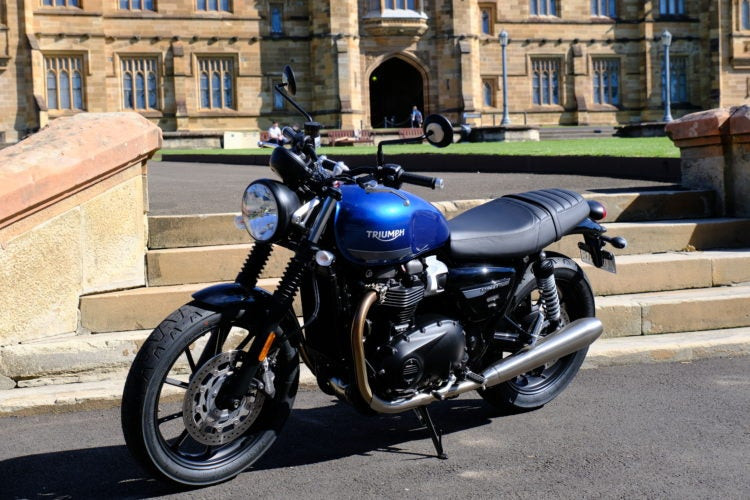 Triumph Street Twin unobtrusive cool street presence
Triumph Street Twin unobtrusive cool street presence
The Triumph Street Twin achieves its price point by incorporating just the right amount of technology. It features ride-by-wire, adjustable traction control, ABS, and switchable riding modes (Road and Rain), all enabled by relatively affordable electronics. Cast wheels further contribute to cost efficiency compared to traditional spoked wheels. While some might perceive these choices as cost-cutting, they are deliberate decisions that allow Triumph to offer a compelling package at a competitive price, especially when considering rivals like Royal Enfield. The Street Twin sits above RE’s 650cc twins in price, but justifies this with superior sophistication, enhanced performance, and significantly better build quality, all while tapping into the same desire for classic motorcycle aesthetics.
Despite being on the market for several years, the Triumph Street Twin continues to resonate with riders. Its design language is undeniably beautiful, echoing classic Triumph DNA with its see-through silhouette. While the iconic, slender tank of the 1960s Bonneville might be missed by purists, the current tank design still maintains a pleasing aesthetic, even if its 12-liter capacity is a compromise for packaging internal components.
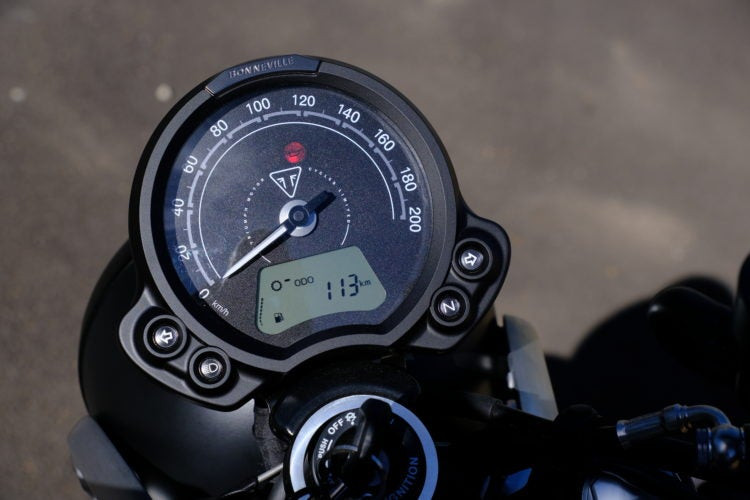 Triumph Street Twin single clock information display
Triumph Street Twin single clock information display
The beauty of the Triumph Street Twin lies in its details, which become more apparent upon closer inspection. The exhaust pipes, reminiscent of Nortons, are a significant improvement over Triumph’s typical bulky mufflers, emitting a satisfyingly throaty sound. Small design choices, such as the neatly integrated gear change, elegant handlebar controls, refined paintwork, sculpted seat, and the purposeful single instrument dial, all contribute to a sense of quality and thoughtful design, far exceeding mere cost-saving measures.
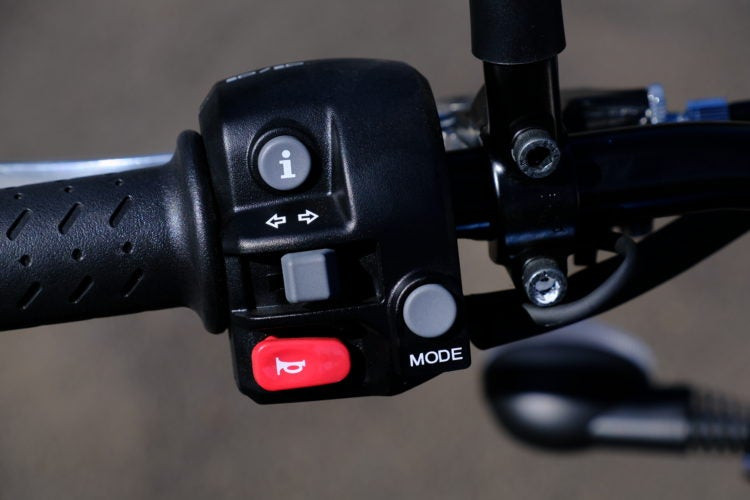 Triumph Street Twin unobtrusive electronics integrated design
Triumph Street Twin unobtrusive electronics integrated design
While personal preference might lean towards a different instrument layout, the single dial provides all essential information effectively. The seat, slightly more padded than previous iterations and maintaining a low 760mm height, offers decent comfort. The bike’s dry weight of 198kg is also lighter than the standard Bonneville. Ergonomics are well-considered, eliminating the common need for handlebar risers, a testament to Triumph’s responsiveness to rider feedback in refining the Street Twin‘s rider triangle for a more spacious feel.
The clutch action is light, and gear changes are smooth and positive, a noticeable advancement over earlier Hinckley Triumph gearboxes. Smooth gear transitions are readily available even without extensive warm-up. First gear might feel slightly tall initially, but riders quickly adapt. Although equipped with only five gears, the spacing is intelligently configured, making fourth gear versatile for urban riding, while fifth is perfectly suited for open road cruising.
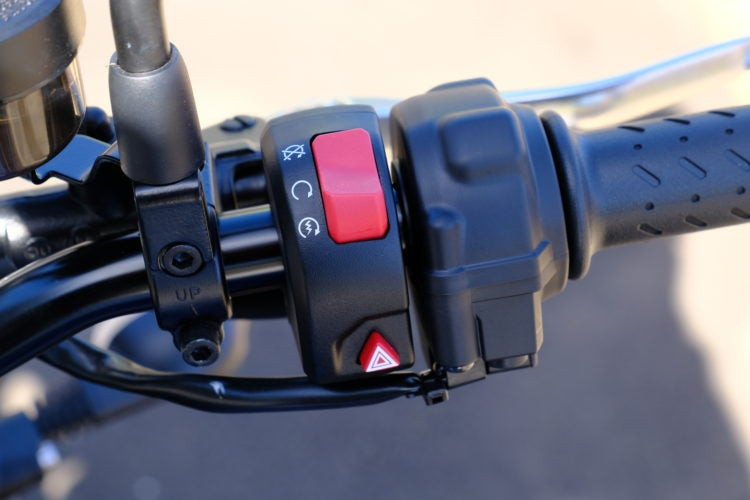 Triumph Street Twin simple elegant motorcycle design
Triumph Street Twin simple elegant motorcycle design
The KYB twin rear shocks with preload adjustment and the KYB 41mm cartridge forks manage suspension duties. While the suspension, particularly the front forks, can transmit the harshness of road imperfections, this is a common compromise in achieving a specific price point. However, handling remains unaffected within typical riding parameters, offering easy turn-in and stable highway performance. Braking is modern and competent, featuring Brembo calipers on the front single disc and an unbranded caliper at the rear.
The 900HT (High Torque) engine has been enhanced with lighter components, including magnesium engine covers, a lighter crankshaft, balance shafts, and clutch. This results in a 10 horsepower increase, bringing the total to 65PS at 7500rpm, while peak torque remains a robust 80Nm at 3800rpm. The Triumph Street Twin provides an enjoyable riding experience without encouraging excessive speeds. The ride-by-wire throttle is responsive and smooth, enhancing rider control.
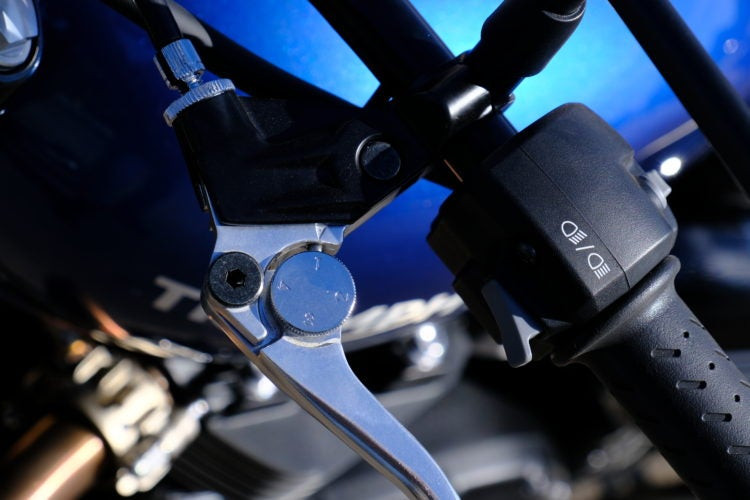 Triumph Street Twin adjustable brake and clutch levers
Triumph Street Twin adjustable brake and clutch levers
Practical aspects are also considered. While details like oil and filter changes weren’t explored in this review, air filter maintenance is notably straightforward. Installing a DNA filter proved to be a quick and easy task.
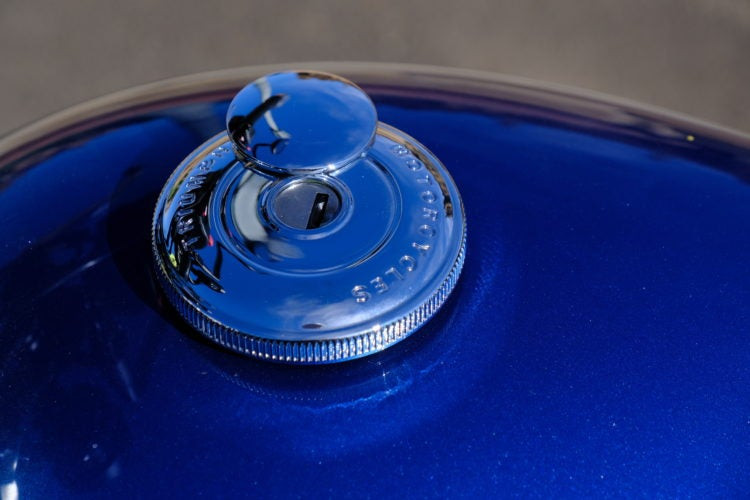 Triumph Street Twin fuel tank cap design
Triumph Street Twin fuel tank cap design
In conclusion, the Triumph Street Twin‘s success stems from its well-balanced approach. It offers a beautiful modern retro aesthetic, enjoyable performance, and essential modern technology without unnecessary complexity or exorbitant cost. It’s a motorcycle that appeals to both seasoned riders and newcomers, offering a genuinely “nice” riding experience in the truest sense of the word. So much so, in fact, that we’ve decided to acquire this Street Twin for a project bike transformation. The question now is: should it become the “High Street Twin” or the “Tearoom Racer”? We’re eager to hear your preference!

